Safety First - Best Practices for Night Workers
Working the night shift can feel like stepping into a different world—one where the sun sets, and the challenges multiply. For many, night shifts are a necessity, but they come with their own set of hurdles that can affect both safety and well-being. In this article, we will explore essential safety practices tailored specifically for individuals who work during the night. From managing fatigue to enhancing personal security, we’ll cover practical strategies that can help night workers create a safer and more productive environment.
Night workers face unique challenges that can impact their safety and well-being. One of the primary issues is fatigue, which can lead to decreased alertness and impaired decision-making. Imagine driving during the night; the darkness can make it hard to see obstacles, and the same applies to your mental state. Environmental factors, such as poor lighting and isolation, can exacerbate these issues, making it crucial to understand the risks involved in night work. Being aware of these challenges is the first step in creating a safer work environment.
Managing fatigue is crucial for night workers. It’s not just about getting enough sleep; it’s about how you manage your energy levels throughout the night. Here are some effective strategies:
- Proper Sleep Hygiene: Establishing a routine that prioritizes sleep can significantly enhance your alertness.
- Scheduled Breaks: Taking regular breaks can help rejuvenate your mind and body.
- Nutrition: Eating balanced meals can keep your energy levels steady.
By implementing these techniques, night workers can maintain productivity and alertness, ensuring they perform their best even in challenging conditions.
Establishing good sleep hygiene is vital for night workers. It’s not just about the quantity of sleep but the quality as well. To create an environment conducive to restorative sleep, consider the following tips:
A dark, quiet, and cool environment is essential for quality sleep. Use blackout curtains to block out daylight, earplugs or white noise machines to drown out disruptive sounds, and maintain a comfortable temperature in your sleeping space. These changes can significantly enhance restfulness and minimize disruptions, making it easier to recharge for your next shift.
Consistency in sleep schedules can significantly improve sleep quality. Try to go to bed and wake up at the same time every day, even on your days off. This routine helps regulate your body’s internal clock, making it easier to fall asleep during the day and wake up feeling refreshed.
Proper nutrition and hydration can impact energy levels and focus. Eating balanced meals rich in proteins, complex carbohydrates, and healthy fats can provide sustained energy throughout your shift. Additionally, staying hydrated is crucial; dehydration can lead to fatigue and decreased alertness. Keep a water bottle handy and sip regularly to maintain your hydration levels.
Night shifts often pose personal safety risks. It’s essential to take practical safety measures to protect yourself while on duty. This includes being aware of your surroundings, knowing emergency protocols, and reporting unsafe conditions immediately. By being proactive, you can significantly reduce the risks associated with working at night.
Being aware of your surroundings is essential for personal safety. Techniques for enhancing situational awareness include staying alert to changes in your environment, avoiding distractions like your phone, and trusting your instincts. If something feels off, it’s crucial to act on that feeling—better safe than sorry!
Knowing how to react in emergencies can save lives. Familiarize yourself with workplace emergency protocols and participate in drills to ensure preparedness. Understanding the layout of your workplace and knowing the quickest exits can make a significant difference in a crisis.
Technology can play a vital role in enhancing safety for night workers. With the right tools, you can improve communication, monitoring, and emergency response, making your night shifts safer and more manageable.
Effective communication is critical for safety. Various tools and platforms facilitate real-time communication among night workers and their teams. Consider using apps that allow for quick messaging or alert systems to ensure swift responses to incidents. Staying connected can be a lifesaver in more ways than one!
Safety monitoring apps can provide real-time alerts and tracking features. These apps can help night workers stay connected and safe while on duty. For instance, some apps allow you to share your location with trusted contacts, ensuring someone always knows where you are, which adds an extra layer of security.
Q: What are some common safety risks for night workers?
A: Common risks include fatigue, decreased visibility, and personal security threats. It’s essential to be aware of these challenges to mitigate them effectively.
Q: How can I stay alert during my night shift?
A: Implementing proper sleep hygiene, taking scheduled breaks, and maintaining a balanced diet can help you stay alert and focused throughout your shift.
Q: What should I do if I feel unsafe at work?
A: If you feel unsafe, trust your instincts. Report any unsafe conditions to your supervisor and consider leaving the area until help arrives.

Understanding Night Shift Challenges
Working the night shift can feel like living in a different world. While the rest of society is winding down for the day, night workers are just gearing up for their responsibilities. This unique schedule brings with it a host of challenges that can significantly impact both safety and well-being. One of the most pressing issues is fatigue. When the body is accustomed to a daytime rhythm, switching to nights can lead to a state of constant tiredness, which not only affects performance but can also increase the risk of accidents.
Moreover, decreased alertness is a common concern. As the hours tick by, the body's natural inclination is to rest, often leading to drowsiness and impaired cognitive functions. For instance, a night worker might find it challenging to concentrate on tasks or make quick decisions, which can be particularly dangerous in high-stakes environments like healthcare or transportation.
Environmental factors also play a crucial role in the challenges faced by night workers. The lack of natural light can disrupt circadian rhythms, making it harder to stay alert. Additionally, the nighttime environment can sometimes be less secure, especially for those who work in isolated areas or travel during the early morning hours. This brings about concerns regarding personal safety, as the darkness can create opportunities for accidents or even criminal activity.
To better understand these challenges, let's break them down into key categories:
- Fatigue: The struggle to stay awake and alert can lead to serious consequences.
- Decreased Alertness: Cognitive functions can diminish as the night progresses.
- Environmental Factors: Nighttime conditions can hinder visibility and safety.
- Personal Safety Risks: Increased vulnerability during late hours can pose security threats.
In summary, the challenges of working night shifts are multifaceted and require proactive strategies to mitigate risks. Understanding these challenges is the first step toward implementing effective safety measures that not only protect night workers but also enhance their overall work experience.
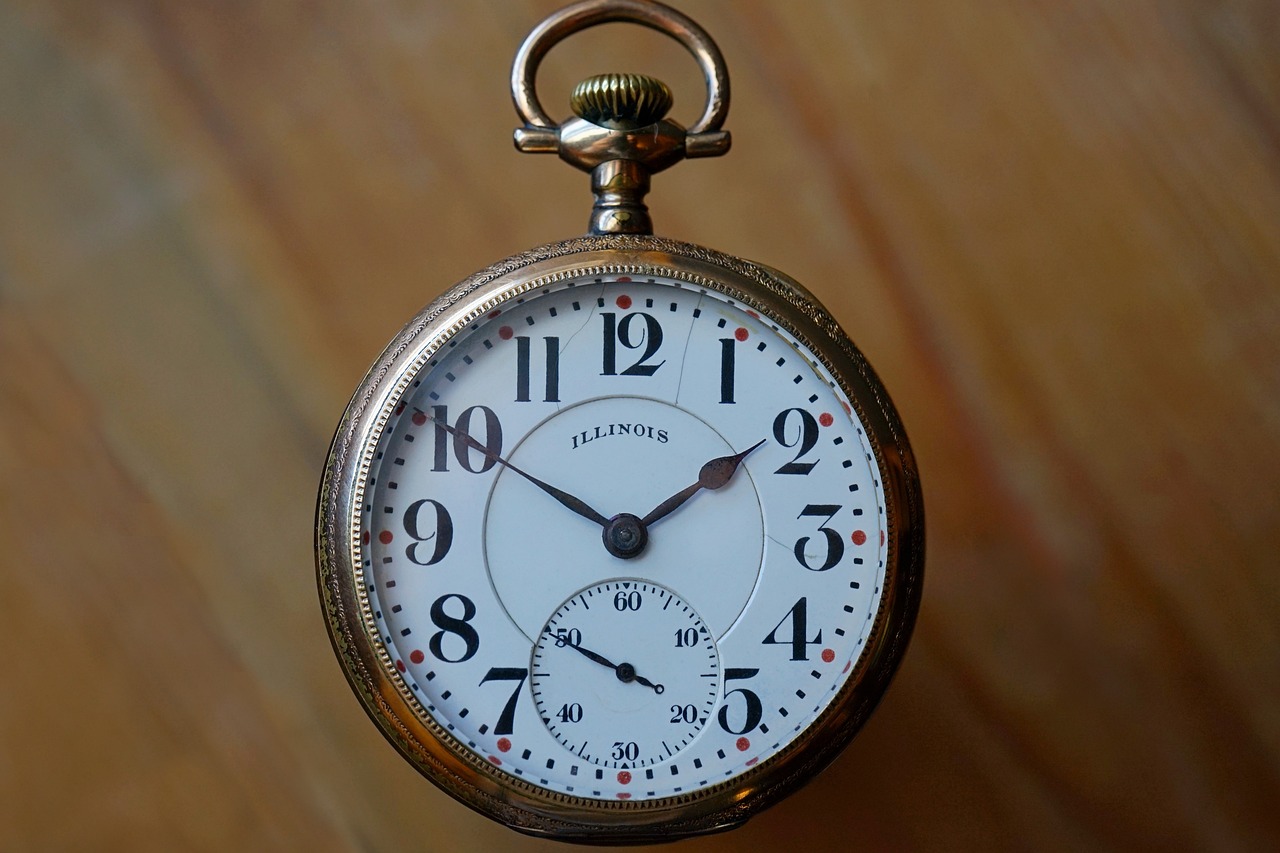
Fatigue Management Techniques
Managing fatigue is crucial for anyone working the night shift. It’s not just about staying awake; it’s about maintaining alertness and ensuring you can perform your duties effectively. Night workers often find themselves battling the natural urge to sleep, which can lead to decreased productivity and increased safety risks. To combat this, there are several strategies that can be implemented. Let's dive into some effective techniques that can help you stay sharp and energized during those long hours.
One of the first steps in managing fatigue is to establish proper sleep hygiene. This involves creating an environment and routine that promotes quality sleep, even during the day. It's essential to make your sleeping space as conducive to rest as possible. Consider factors like noise, light, and temperature. For instance, using blackout curtains can help keep your room dark, while a white noise machine can mask disruptive sounds. A cool room temperature, ideally between 60-67 degrees Fahrenheit, can also enhance your sleep quality.
In addition to optimizing your sleep environment, developing a consistent sleep routine is vital. Going to bed and waking up at the same times every day helps regulate your body's internal clock. This consistency can lead to improved sleep quality and, ultimately, better performance at work. You might also consider incorporating relaxing activities before bedtime, such as reading or taking a warm bath, to signal to your body that it’s time to wind down.
To create a sleep-conducive environment, here are some practical tips:
- Darkness: Use blackout curtains or sleep masks to block out light.
- Quiet: Use earplugs or a white noise machine to minimize noise disturbances.
- Cool Temperature: Keep your room cool to facilitate better sleep.
By implementing these changes, you can significantly enhance the quality of your sleep, making it easier to stay alert during your shifts.
When it comes to developing a sleep routine, consider the following tips:
- Set a consistent sleep schedule, even on your days off.
- Avoid caffeine and heavy meals close to your bedtime.
- Engage in calming activities before sleep to help ease your mind.
By establishing a sleep routine, you can train your body to expect rest at specific times, leading to more restorative sleep. Remember, quality sleep is a cornerstone of effective fatigue management.
Another critical aspect of managing fatigue is maintaining proper nutrition and hydration. What you eat and drink can significantly affect your energy levels. Consuming balanced meals rich in complex carbohydrates, proteins, and healthy fats can provide sustained energy, while sugary snacks may lead to energy crashes. It's also essential to stay hydrated. Dehydration can lead to fatigue, so make it a habit to drink water throughout your shift.
In conclusion, managing fatigue as a night worker is not just about fighting sleep; it involves a holistic approach that includes good sleep hygiene, a consistent routine, and proper nutrition. By implementing these strategies, you can enhance your alertness and productivity, making your night shifts more manageable and safer.
Q: How can I improve my sleep quality on my days off?
A: Try to maintain a consistent sleep schedule and create a restful environment similar to what you use during your shifts.
Q: Are there specific foods that can help combat fatigue?
A: Yes, foods rich in whole grains, lean proteins, fruits, and vegetables can provide sustained energy and help combat fatigue.
Q: What should I do if I feel excessively tired during a shift?
A: Take a short break, stretch, or walk around to get your blood flowing. Sometimes a few minutes of movement can help refresh your mind.

Sleep Hygiene Practices
Establishing good sleep hygiene is not just a luxury for night workers; it's a necessity. When the sun sets, your body’s natural rhythms can easily get thrown off balance, leading to restless nights and groggy mornings. To combat this, creating a sleep-friendly environment and developing a consistent routine becomes paramount. Think of your sleep space as a sanctuary – a place where you can escape the chaos of the outside world and recharge your batteries for the night ahead.
First and foremost, let’s talk about your sleeping environment. A dark, quiet, and cool room is essential for quality sleep. You might want to invest in blackout curtains to block out daylight and a white noise machine or earplugs to drown out any disruptive sounds. The ideal temperature for sleep is typically between 60°F and 67°F (15°C to 19°C), so consider adjusting your thermostat or using a fan to maintain that comfortable coolness. A comfortable mattress and pillows tailored to your sleeping style can also make a world of difference. After all, who wants to toss and turn all night on an uncomfortable bed?
Next, let’s dive into the importance of developing a sleep routine. Just like a well-oiled machine, your body thrives on consistency. Going to bed and waking up at the same time every day helps regulate your body’s internal clock. This means that even on your days off, you should aim to keep your sleep schedule as consistent as possible. If you’re struggling to fall asleep, consider implementing a pre-sleep ritual that signals to your body that it’s time to wind down. Activities such as reading a book, meditating, or taking a warm bath can help ease you into a restful state. Avoid screens from phones, tablets, or computers at least an hour before bedtime, as the blue light emitted can trick your brain into thinking it’s still daytime.
In addition to these practices, nutrition plays a crucial role in your ability to sleep soundly. Avoid heavy meals, caffeine, and alcohol close to bedtime, as they can disrupt your sleep cycle. Instead, opt for light snacks that promote sleep, such as a banana or a handful of nuts. Staying hydrated is also vital, but try to limit fluid intake right before bed to minimize those pesky midnight bathroom trips.
By prioritizing sleep hygiene, you’re not just improving your rest; you’re enhancing your overall well-being and productivity. Remember, the quality of your sleep directly impacts your performance during those long night shifts. So, take the time to create a restful environment and establish a routine that works for you. Your body (and mind) will thank you!
- What is sleep hygiene? Sleep hygiene refers to a set of practices and habits that are necessary for quality sleep and full daytime alertness.
- How can I improve my sleep environment? You can improve your sleep environment by keeping your room dark, quiet, and cool, and investing in comfortable bedding.
- Why is a consistent sleep schedule important? A consistent sleep schedule helps regulate your body's internal clock, making it easier to fall asleep and wake up feeling refreshed.
- What should I avoid before bedtime? Avoid heavy meals, caffeine, and screens before bedtime to promote better sleep quality.
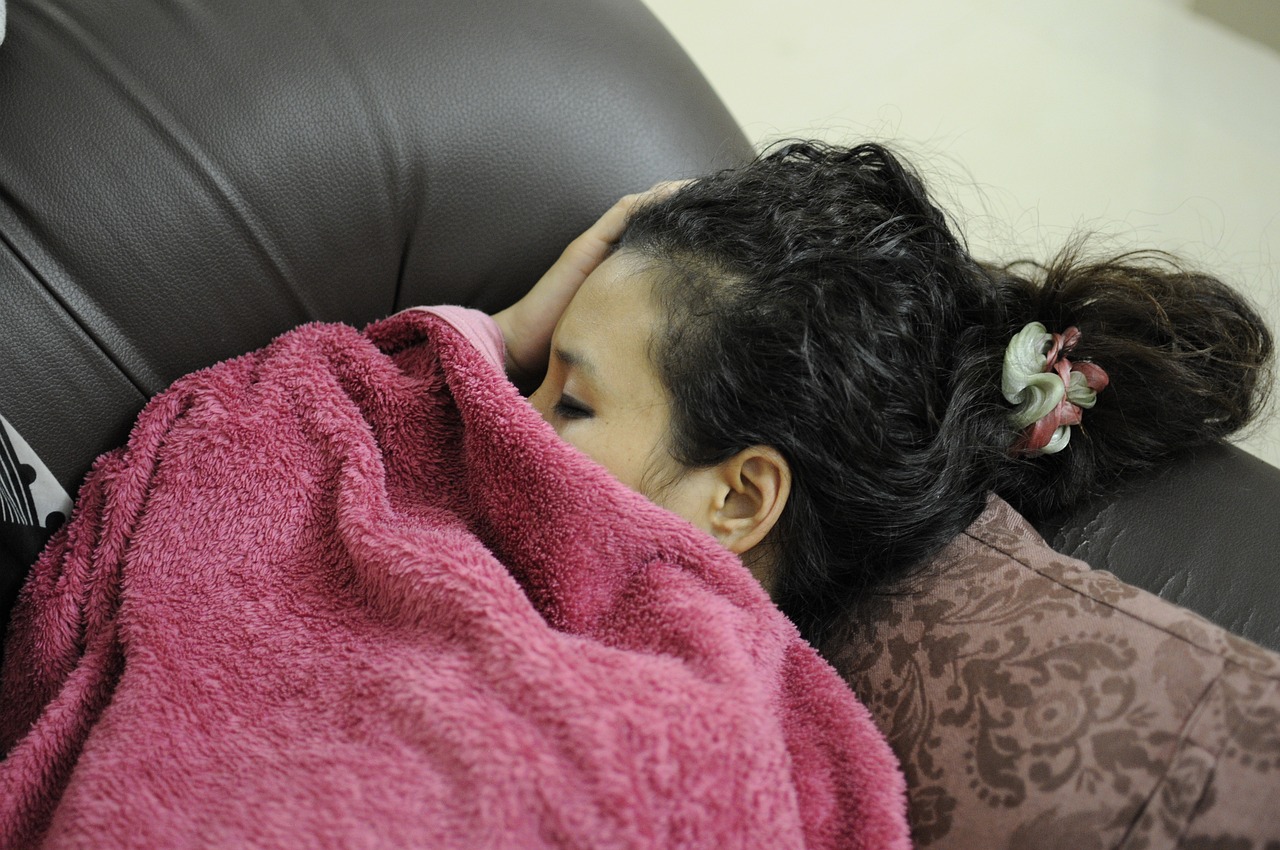
Creating a Sleep-Conducive Environment
When it comes to getting quality sleep, especially for those working night shifts, the environment plays a crucial role. Imagine trying to catch some Z's in a bustling café—it's nearly impossible, right? That's why creating a peaceful sanctuary for sleep is essential. Start by ensuring your bedroom is as dark as a cave. Use blackout curtains or eye masks to block out any intrusive light. Even the soft glow of a streetlamp can disrupt your sleep cycle, so make darkness your best friend.
Next, consider the temperature of your sleeping space. A cool room, ideally between 60°F and 67°F (15°C to 19°C), can significantly enhance your sleep quality. Too hot or too cold, and you’ll find yourself tossing and turning instead of drifting off. If you can’t control the temperature, consider using a fan or an air conditioner to create a comfortable atmosphere.
Noise can also be a significant barrier to restful sleep. If you live in a noisy area, investing in soundproofing materials or using white noise machines can be a game changer. These machines can drown out disruptive sounds, creating a consistent auditory backdrop that promotes relaxation. Alternatively, earplugs can be a simple and effective solution for blocking out unwanted noise.
Lastly, don't underestimate the power of a tidy space. A cluttered room can contribute to a cluttered mind, making it harder to relax. Spend a few minutes each day organizing your sleeping area. This doesn’t mean you need to turn your room into a minimalist's dream, but keeping it clean and organized can foster a sense of calm that is vital for good sleep.
In summary, a sleep-conducive environment encompasses:
- Darkness: Use blackout curtains and eye masks.
- Temperature: Maintain a cool room between 60°F and 67°F.
- Noise Control: Utilize white noise machines or earplugs.
- Organization: Keep your sleeping area tidy and clutter-free.
By paying attention to these elements, night workers can create a sanctuary that not only promotes quality sleep but also enhances overall well-being. After all, a well-rested worker is a safe and productive worker, ready to tackle the challenges of the night shift with vigor and alertness.

Developing a Sleep Routine
Establishing a consistent sleep routine is crucial for night workers aiming to optimize their rest and rejuvenate their bodies effectively. Think of your body as a finely tuned machine; it operates best when it follows a predictable schedule. A well-structured sleep routine helps signal to your body when it’s time to wind down and when it’s time to wake up, even if those hours fall outside the typical day cycle.
To develop a sleep routine that aligns with your night shift schedule, start by setting a specific bedtime and wake-up time. It’s important to stick to these times, even on your days off, to help regulate your body’s internal clock. This consistency can dramatically improve the quality of your sleep. For instance, if you typically work from 10 PM to 6 AM, aim to go to bed by 3 PM and wake up by 10 PM. The key is to create a rhythm that your body can recognize and adapt to.
In addition to setting your sleep schedule, consider incorporating the following practices to enhance your sleep routine:
- A Wind-Down Period: Spend 30 minutes before bedtime engaging in relaxing activities, such as reading or meditating, to help signal to your body that it’s time to sleep.
- Limit Screen Time: Avoid screens at least an hour before bed. The blue light emitted by phones and computers can interfere with your body’s melatonin production, making it harder to fall asleep.
- Stay Active: Regular exercise can promote better sleep, but try to avoid vigorous workouts close to your bedtime as they may energize you instead.
Another vital aspect of developing a sleep routine is creating a pre-sleep ritual. This could include dimming the lights, taking a warm shower, or practicing deep breathing exercises. Such activities can help ease the transition from wakefulness to sleep. Just like a musician warms up before a performance, your body needs a little time to prepare for rest.
Finally, don’t forget to listen to your body. If you find yourself feeling drowsy during your shift, it might be a sign that your sleep routine needs adjustment. Experiment with different sleep schedules, and pay attention to how you feel throughout the night. Remember, a well-rested worker is not only more productive but also safer on the job.
- How many hours of sleep do night workers need? Most adults require 7-9 hours of sleep per night. However, individual needs may vary, so listen to your body.
- Can I take naps during my shift? Yes, short naps (10-20 minutes) can help boost alertness and performance, but avoid long naps that can leave you feeling groggy.
- What should I do if I can’t fall asleep? If you’re struggling to fall asleep, try relaxation techniques like deep breathing or progressive muscle relaxation to help calm your mind.
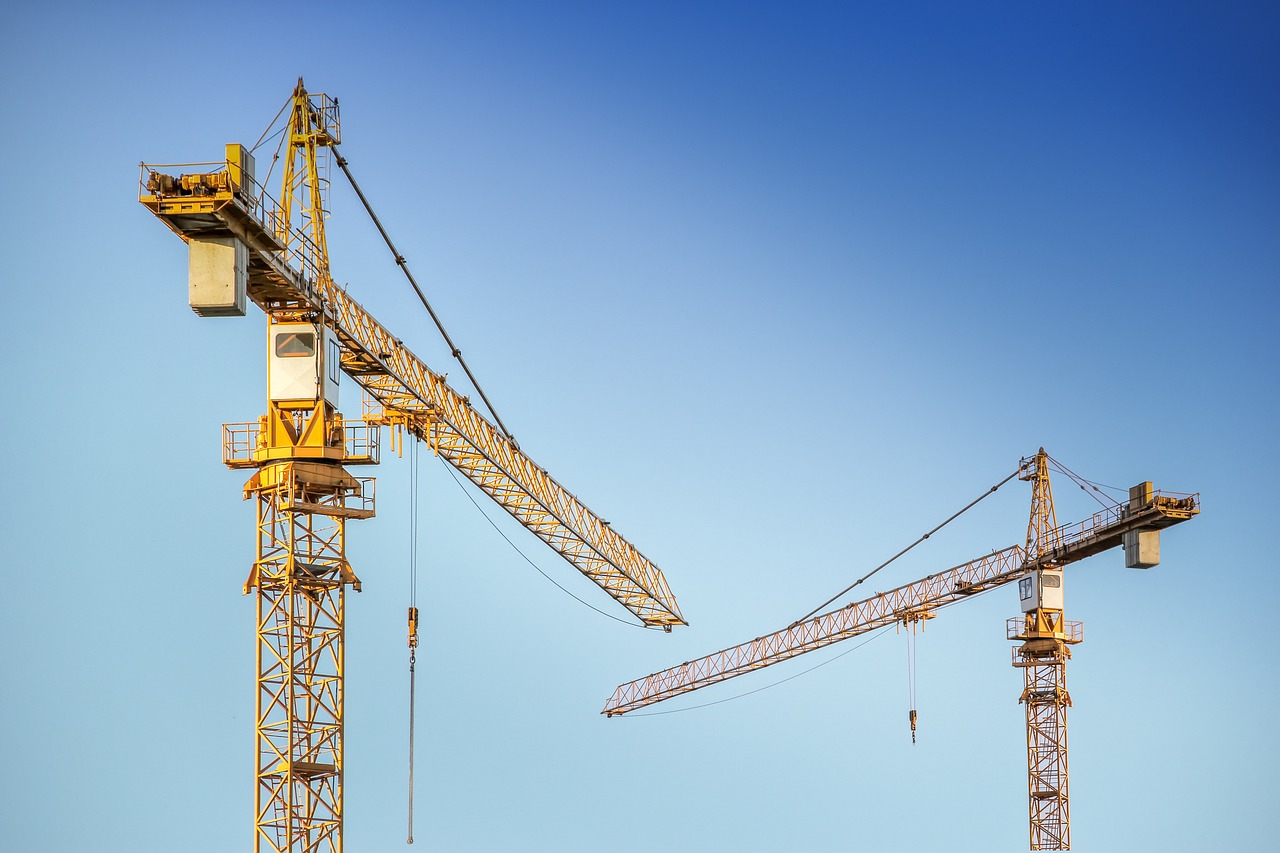
Nutrition and Hydration
When it comes to working night shifts, are often overlooked but are absolutely crucial for maintaining energy levels and focus. Imagine your body as a car; if you don’t fuel it properly, it won’t run efficiently. For night workers, the challenge is not just about eating the right foods but also about timing those meals to align with their unique schedules. A well-balanced diet can significantly enhance your performance and help you combat the fatigue that often accompanies late-night hours.
To keep your energy levels steady throughout the night, consider incorporating a mix of complex carbohydrates, lean proteins, and healthy fats into your meals. Complex carbohydrates, such as whole grains, provide a slow release of energy, while lean proteins, like chicken or beans, help in muscle repair and satiety. Healthy fats, found in nuts and avocados, are essential for brain function. A balanced plate may look like this:
| Food Group | Examples | Benefits |
|---|---|---|
| Complex Carbohydrates | Brown rice, quinoa, whole grain bread | Provides sustained energy |
| Lean Proteins | Chicken, fish, tofu | Supports muscle repair and growth |
| Healthy Fats | Nuts, seeds, olive oil | Enhances brain function |
Staying hydrated is equally important. Dehydration can lead to decreased alertness and cognitive function, making it harder to perform tasks safely and efficiently. Aim to drink water regularly throughout your shift, rather than waiting until you feel thirsty. Keeping a water bottle on hand can serve as a constant reminder to hydrate. Additionally, consider incorporating electrolyte-rich drinks if your shifts are particularly long or if you’re sweating a lot.
It’s also helpful to plan your meals ahead of time. Preparing meals in advance ensures you have healthy options readily available, reducing the temptation to grab quick, unhealthy snacks. Consider packing
- Fresh fruits like apples or bananas
- Vegetable sticks with hummus
- Whole grain wraps with lean protein
- Yogurt with nuts
In summary, prioritizing nutrition and hydration is not just about eating well; it’s about making conscious choices that align with your night work lifestyle. By fueling your body with the right foods and staying hydrated, you can enhance your alertness, performance, and overall well-being during those long night shifts.

Personal Safety Measures
Working the night shift can feel like stepping into a different world where the usual hustle and bustle fades into shadows. This unique environment brings with it a set of personal safety risks that every night worker should be aware of. It's not just about clocking in and out; it's about ensuring your well-being while navigating through the quiet hours. One of the most effective ways to enhance your safety is through heightened situational awareness. This means being conscious of your surroundings and recognizing potential hazards before they become problems. For instance, if you notice a flickering light in a corridor, it might be a sign of faulty wiring that could lead to bigger issues.
To improve your situational awareness, consider practicing the following techniques:
- Stay alert: Keep your senses sharp. Listen for unusual sounds and watch for any strange movements.
- Know your exits: Familiarize yourself with the layout of your workplace, including emergency exits and evacuation routes.
- Trust your instincts: If something feels off, it probably is. Don't hesitate to report suspicious activity.
In addition to situational awareness, understanding and adhering to emergency protocols is crucial. Every workplace should have a plan in place for various emergencies, whether it’s a fire, medical emergency, or a security threat. Knowing how to react swiftly can make a significant difference. Regularly reviewing these protocols can prepare you for any situation. It might be helpful to participate in drills or training sessions offered by your employer. This not only boosts your confidence but also ensures that everyone knows their role in an emergency.
Moreover, it’s important to report any unsafe conditions you encounter. Whether it’s a broken lock on a door or poor lighting in a parking lot, these issues can pose serious risks. Don’t just brush them off; take action! Reporting unsafe conditions can lead to improvements that benefit everyone. Remember, safety is a collective effort, and your voice matters.
Lastly, consider carrying a personal safety device. Items like pepper spray, a whistle, or even a personal alarm can provide an added layer of security. These tools can help deter potential threats and alert others in case of an emergency. Just as you wouldn't venture into the wilderness without a map, don’t head into the night shift without your safety gear.
In conclusion, prioritizing personal safety measures during night shifts is not just wise; it’s essential. By staying aware, knowing emergency protocols, reporting unsafe conditions, and utilizing safety tools, you can create a safer working environment for yourself and your colleagues. After all, a safe worker is a productive worker.
Q: What should I do if I feel unsafe at work?
A: If you feel unsafe, trust your instincts. Report your concerns to a supervisor and consider leaving the area if necessary. Your safety is the top priority.
Q: How can I improve my situational awareness?
A: Practice staying alert by observing your surroundings regularly, knowing the layout of your workplace, and trusting your gut feelings about potential dangers.
Q: Are there specific safety tools I should consider?
A: Yes! Personal alarms, pepper spray, and whistles can be effective safety tools. Choose one that you feel comfortable using.
Q: How often should I review emergency protocols?
A: It’s a good idea to review emergency protocols at least once every few months, or whenever there are changes in your workplace.
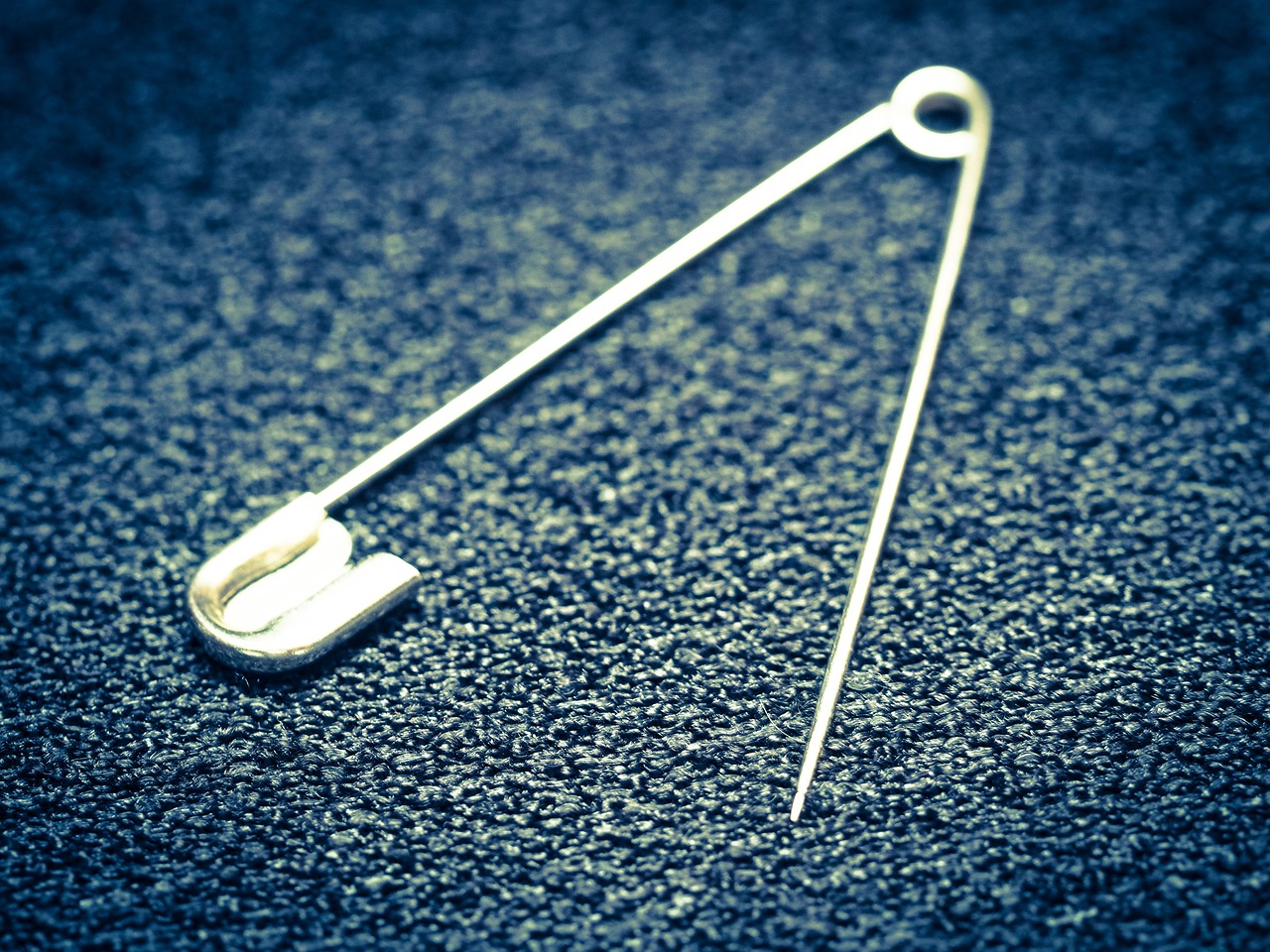
Situational Awareness
When working the night shift, maintaining is not just a good idea; it’s a necessity. Imagine walking through a dark forest; every sound, every rustle of leaves makes you more alert. Similarly, night workers must cultivate a heightened sense of awareness to navigate their environments safely. This means being conscious of your surroundings, recognizing potential hazards, and understanding how to react in various situations. It’s about being proactive rather than reactive, which can significantly enhance personal safety.
One effective way to develop situational awareness is to practice the “Observe, Orient, Decide, Act” (OODA) loop. This military strategy can be broken down into four key components:
- Observe: Take in your environment. Look for anything unusual or out of place.
- Orient: Analyze the information you’ve gathered. What does it mean? How does it affect you?
- Decide: Make a decision on how to proceed based on your observations.
- Act: Implement your decision promptly and effectively.
Additionally, being aware of body language can be a game-changer. Many times, potential threats can be identified through non-verbal cues. For instance, if someone is approaching you with an unusual gait or an aggressive posture, your instinct should kick in to evaluate the situation further. Trust your gut feelings; they are often based on subconscious observations that your brain has picked up.
Another crucial aspect of situational awareness is communication. Ensure that you’re in touch with your colleagues, especially if you’re working in isolated areas. Regular check-ins can help create a sense of community and alert others if something seems off. Consider using communication tools or apps designed specifically for night workers to facilitate this process. Remember, being aware of your surroundings also means being aware of what your team is doing.
Lastly, don’t forget to report any unsafe conditions immediately. Whether it’s a flickering light, a broken lock, or a suspicious person lingering around, reporting these issues can help maintain a safer environment for everyone. It’s not just about your safety; it’s about looking out for your coworkers too. By fostering a culture of awareness, you can significantly reduce risks and enhance the overall safety of your workplace.
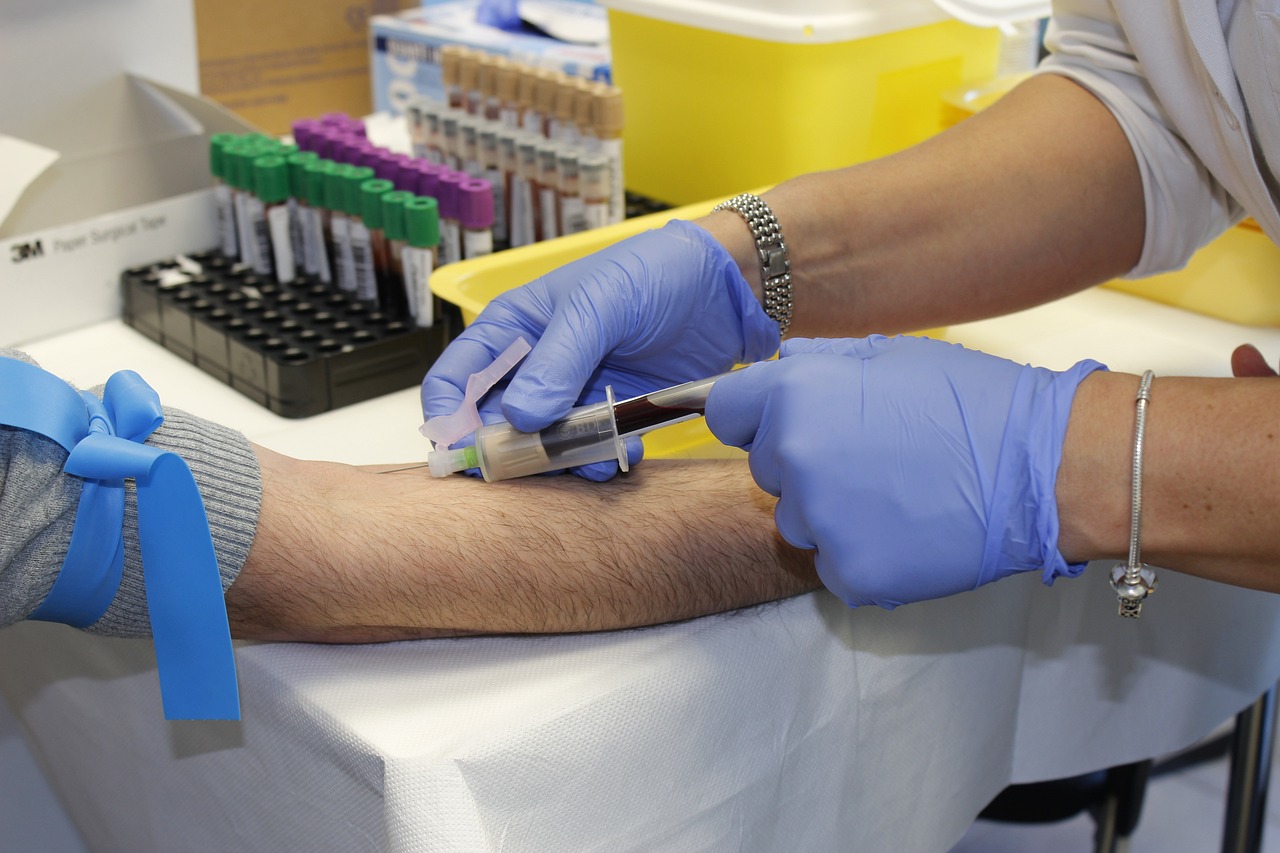
Emergency Protocols
In any workplace, especially for those working night shifts, understanding and adhering to can be a matter of life and death. It’s essential to know the procedures in place to handle emergencies, whether they involve fire, medical issues, or security threats. The first step is to familiarize yourself with your workplace’s specific emergency plans. This knowledge not only prepares you for potential crises but also enhances your confidence when responding to unexpected situations.
Every workplace should have a clearly defined emergency protocol that is communicated to all employees. This protocol typically includes the following key components:
- Evacuation Routes: Know the quickest and safest exits in case of an emergency.
- Emergency Contacts: Have a list of important contacts readily available, including local emergency services and workplace safety officers.
- First Aid Procedures: Understand basic first aid and know where first aid kits are located.
- Incident Reporting: Be aware of how to report incidents and unsafe conditions promptly.
Moreover, practicing these protocols through regular drills is vital. Drills help ensure that everyone knows their role and can act quickly and efficiently in real situations. It's not just about memorizing steps; it’s about building muscle memory and confidence. For instance, during a fire drill, employees should practice evacuating the building in a calm and orderly fashion, which can significantly reduce panic during a real event.
Additionally, maintaining an environment that encourages reporting unsafe conditions is crucial. Employees should feel empowered to voice concerns without fear of repercussions. Regular safety meetings can help reinforce this culture and keep everyone informed about any changes to emergency protocols.
In summary, being prepared for emergencies requires more than just knowledge; it demands a proactive approach. By understanding your workplace's emergency protocols, participating in drills, and fostering a culture of safety, night workers can significantly enhance their personal safety and the safety of their colleagues.
1. What should I do if I witness an emergency at work?
In case of an emergency, stay calm and follow your workplace's emergency protocol. Alert your supervisor or call emergency services if necessary.
2. How often should emergency drills be conducted?
Emergency drills should be conducted at least twice a year to ensure everyone is familiar with the procedures.
3. What if I have a medical condition that affects my ability to participate in drills?
Inform your supervisor about your condition. They can make accommodations to ensure your safety during drills.
4. Are there specific training sessions for emergency protocols?
Yes, many workplaces offer training sessions on emergency protocols. Check with your HR department for available resources.

Utilizing Technology for Safety
In today's fast-paced world, technology has become an indispensable ally for night workers striving to maintain safety and efficiency. With the unique challenges faced during night shifts, leveraging technological tools can significantly enhance the working environment. Imagine having the power to communicate instantly, monitor your surroundings, and respond to emergencies with just a few taps on your smartphone. This is not just a dream; it's a reality thanks to the advancements in safety technology.
One of the most effective ways to utilize technology for safety is through communication tools. These tools facilitate real-time interaction among team members, ensuring that everyone is on the same page, even during the wee hours of the night. For instance, apps like Slack or Microsoft Teams allow for instant messaging and file sharing, making it easier to report any safety concerns or incidents as they arise. The ability to communicate swiftly can be the difference between a minor issue and a major crisis.
Furthermore, safety monitoring apps have emerged as essential resources for night workers. These applications can send real-time alerts about potential hazards or emergencies, providing workers with critical information at the right moment. For example, apps like SafeTrek or bSafe offer features such as location tracking and emergency buttons that notify authorities if a worker feels threatened. This added layer of security can empower night workers, allowing them to focus on their tasks without constantly worrying about their safety.
Another exciting development in this realm is the integration of wearable technology. Devices such as smartwatches or fitness trackers can monitor vital signs and alert users if they are experiencing fatigue or stress. This proactive approach not only helps workers manage their health but also enhances overall safety by ensuring that they remain alert and focused during their shifts. Imagine receiving a gentle reminder on your wrist that it's time to take a break or hydrate; it's like having a personal safety coach with you at all times!
Moreover, many workplaces are adopting advanced surveillance systems equipped with motion sensors and cameras. These systems can provide an additional layer of security by monitoring the premises for unusual activity. In the unfortunate event of an incident, recorded footage can be invaluable for investigations, offering clarity and accountability. It's like having a digital guardian watching over you while you work through the night.
As we embrace these technological advancements, it’s crucial to remember that they are most effective when combined with proper training. Workers should be educated on how to use these tools effectively and understand the protocols in place for emergencies. By fostering a culture of safety and preparedness, organizations can empower their night workers to take control of their safety.
- What are the best apps for night workers?
Some popular apps include SafeTrek, bSafe, and communication platforms like Slack and Microsoft Teams. - How can I improve my situational awareness at night?
Utilizing technology like safety monitoring apps and maintaining good communication with your team can significantly enhance your situational awareness. - Are wearable devices effective for night workers?
Yes, wearable devices can monitor health metrics and alert users to potential fatigue, helping maintain focus and safety during shifts.
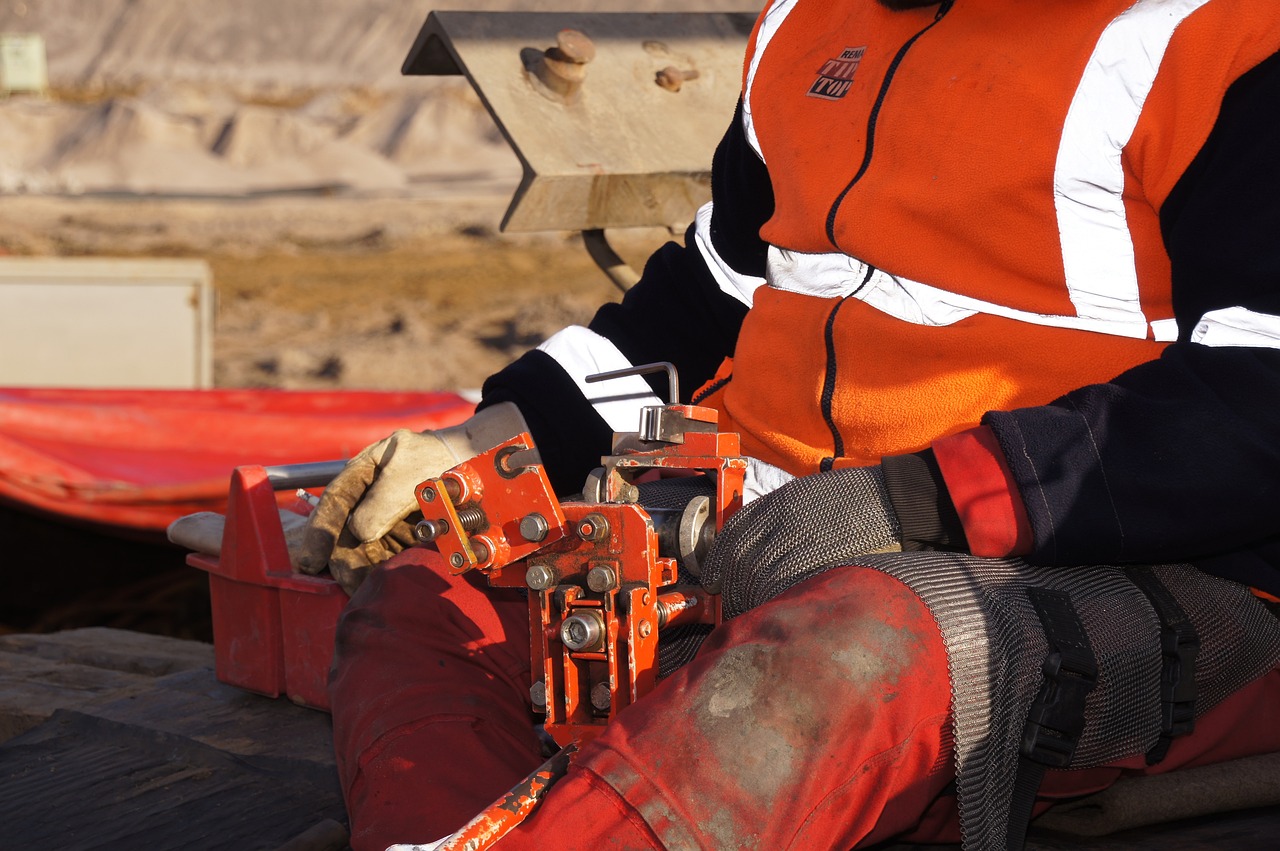
Communication Tools
Effective communication is paramount for night workers, especially when the environment can be isolating and the hours unconventional. Utilizing the right can significantly enhance safety and efficiency on the job. Imagine working in a dark warehouse or a quiet hospital at 3 AM; the last thing you want is to be cut off from your team. Thankfully, technology has provided us with a variety of tools to bridge this gap.
First and foremost, mobile communication apps are a game changer. Applications like Slack, Microsoft Teams, and WhatsApp allow for instant messaging, file sharing, and even video calls. These platforms keep team members connected, enabling quick updates or alerts about any incidents or changes in work protocols. For instance, if a safety concern arises, a quick message can alert the entire team, ensuring everyone is informed and can act swiftly.
In addition to messaging apps, there are dedicated safety communication tools designed specifically for emergency situations. Tools like AlertMedia and Everbridge provide real-time alerts and notifications, allowing management to communicate critical information to all employees instantly. These platforms can be lifesavers, especially in industries where safety is a top priority. They often include features such as:
- Emergency Alerts: Instant notifications for emergencies like fire, severe weather, or security threats.
- Two-Way Communication: Enables workers to report incidents or ask for help immediately.
- Location Tracking: Helps in locating employees during emergencies, ensuring no one is left behind.
Moreover, the integration of wearable technology cannot be overlooked. Devices like smartwatches or safety vests equipped with communication capabilities can alert workers to potential hazards or allow them to communicate hands-free. This is particularly useful in environments where manual tasks are performed, and holding a phone might not be practical.
Lastly, regular training on how to use these tools effectively is crucial. It’s not enough just to have the technology; workers need to know how to utilize it efficiently. Conducting drills that incorporate these communication tools can prepare employees for real-life scenarios, ensuring that when the time comes, they can respond swiftly and effectively.
In summary, the right communication tools not only enhance safety but also foster a sense of community among night workers. By staying connected, employees can support each other, share vital information, and create a safer working environment. So, whether you're sending a quick message or receiving an emergency alert, remember that communication is your best ally in navigating the challenges of night work.
Q1: What are the best communication tools for night workers?
A1: Some of the best tools include mobile apps like Slack, Microsoft Teams, and dedicated safety communication platforms like AlertMedia and Everbridge.
Q2: How can I ensure my team is using communication tools effectively?
A2: Regular training sessions and drills can help ensure that everyone is familiar with the tools and knows how to use them in emergencies.
Q3: Are wearable communication devices worth it for night workers?
A3: Yes, wearable devices can enhance safety by allowing hands-free communication and providing alerts without the need to pull out a phone.
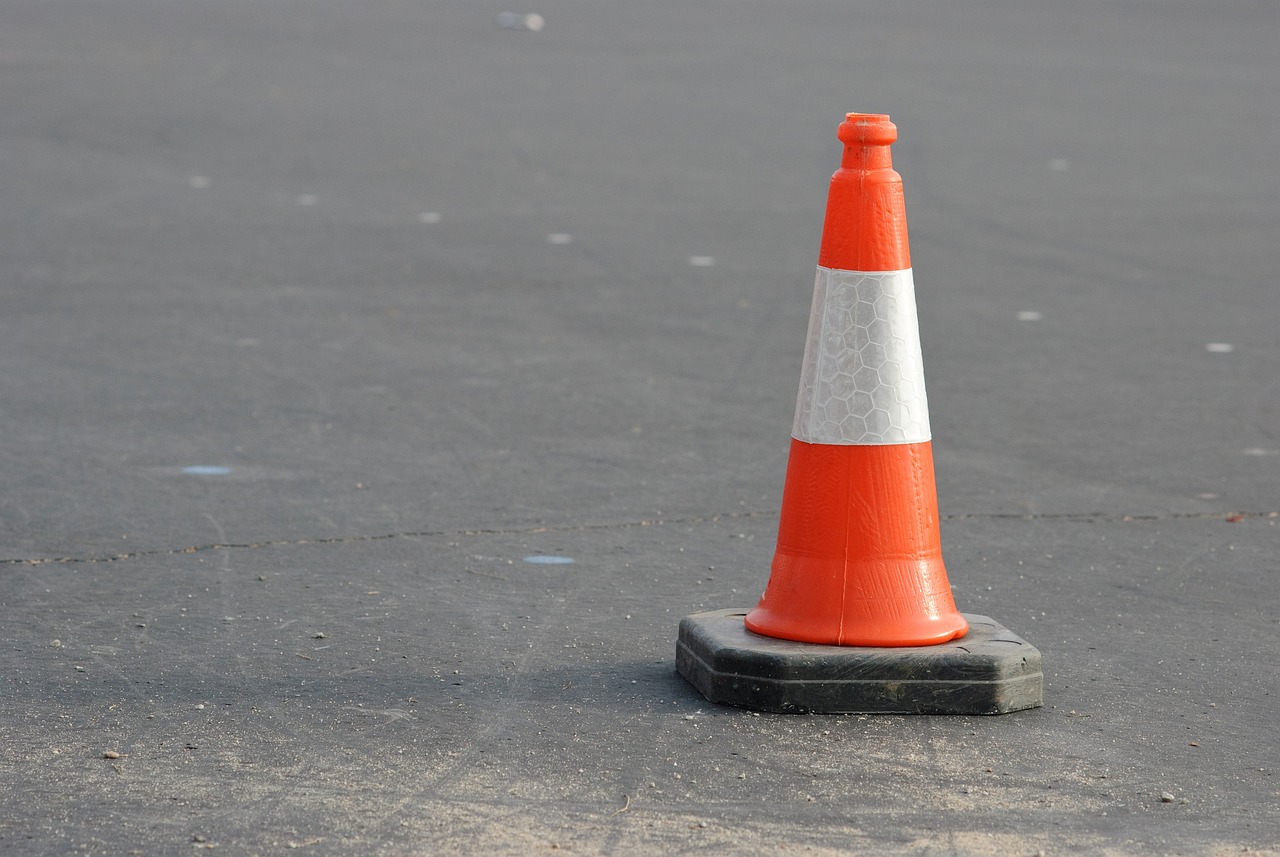
Safety Monitoring Apps
In today's fast-paced world, especially for those working night shifts, staying connected and safe is more critical than ever. Safety monitoring apps have emerged as essential tools designed to enhance the security and well-being of night workers. These applications not only provide real-time alerts but also enable workers to communicate effectively with their teams, ensuring that help is just a tap away. Imagine being able to instantly notify your supervisor or colleagues if something feels off during your shift—this is precisely what these apps facilitate.
One of the standout features of many safety monitoring apps is their ability to track your location. For night workers, especially those in isolated environments, this feature can be a lifesaver. If an incident occurs, the app can provide your exact location to emergency responders, significantly reducing response time. Moreover, many of these applications come equipped with a panic button, allowing users to send immediate alerts to pre-selected contacts or authorities in case of emergencies.
Here are some popular safety monitoring apps that are making waves in the industry:
- SafeTrek: This app allows users to hold down a button while feeling unsafe. If they release it without entering a predefined PIN, authorities are notified of their location.
- Life360: A family locator app that can be beneficial for workers who want to keep their loved ones informed of their whereabouts.
- Red Panic Button: This app sends an emergency message with the user's location to designated contacts with just a single button press.
Using these apps not only promotes personal safety but also fosters a culture of responsibility within the workplace. Employers can encourage their night workers to utilize these tools, creating an environment where everyone looks out for one another. It’s like having a virtual buddy system that enhances the overall safety net for employees.
In conclusion, safety monitoring apps are invaluable resources for night workers. They empower individuals to take control of their safety, providing peace of mind in an often unpredictable environment. By integrating these technological solutions into their routines, night workers can focus on their tasks, knowing that help is always within reach.
Q1: Are safety monitoring apps free to use?
A1: Many safety monitoring apps offer free versions, but some may have premium features that require a subscription.
Q2: How can I choose the right safety monitoring app for my needs?
A2: Consider your specific requirements, such as location tracking, emergency features, and ease of use, before selecting an app.
Q3: Can I use these apps in areas with poor mobile coverage?
A3: Most safety monitoring apps rely on mobile data or Wi-Fi, so coverage can be an issue. It's essential to check the app's functionality in your work environment.
Frequently Asked Questions
- What are the main challenges faced by night workers?
Night workers often deal with issues like fatigue, decreased alertness, and environmental factors that can hinder performance. These challenges can affect both their safety and overall well-being, making it crucial to adopt effective strategies to manage them.
- How can night workers manage fatigue effectively?
Managing fatigue is essential for maintaining alertness during night shifts. Strategies include practicing good sleep hygiene, taking scheduled breaks, and maintaining a balanced diet. These practices help workers stay energized and focused throughout their shifts.
- What are some tips for creating a sleep-conducive environment?
To create a conducive sleep environment, ensure your sleeping space is dark, quiet, and cool. Using blackout curtains, earplugs, or white noise machines can help minimize disruptions, allowing for restorative sleep during the day.
- How important is nutrition and hydration for night workers?
Proper nutrition and hydration are vital for energy levels and focus. Night workers should aim for balanced meals and stay hydrated to combat fatigue and enhance performance. Eating light snacks can also help maintain energy without feeling sluggish.
- What personal safety measures should night workers take?
Night workers should prioritize personal safety by being aware of their surroundings, understanding emergency protocols, and reporting any unsafe conditions. Enhancing situational awareness can help identify potential hazards and ensure a safer work environment.
- How can technology improve safety for night workers?
Technology can significantly enhance safety through tools and apps designed for communication and monitoring. These platforms facilitate real-time communication among team members and provide alerts, ensuring swift responses to any incidents that may arise.
- What are some effective communication tools for night workers?
Effective communication tools include messaging apps and platforms that allow for instant updates and alerts. These tools help night workers stay connected with their teams, ensuring everyone is informed and ready to respond to emergencies.
- What are safety monitoring apps, and how do they help?
Safety monitoring apps provide real-time alerts and tracking features that can be crucial for night workers. These apps help ensure that workers remain connected and safe while on duty, allowing for quick communication in case of emergencies.



















